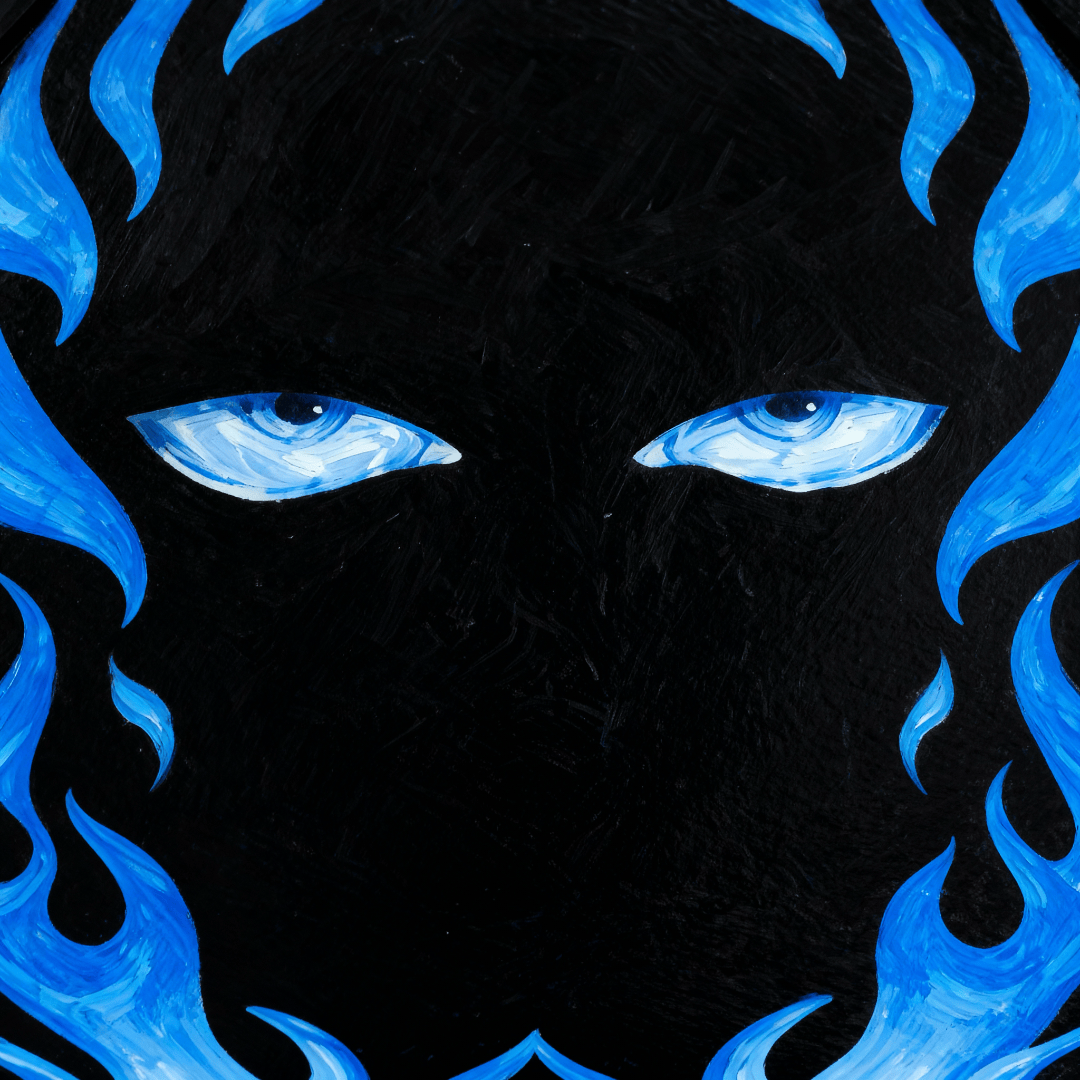Hi everybody. Today, I'm excited to share RealPOV with you.
From gaming to TikTok, and other forms of entertainment, we know that POV-style experiences are becoming increasingly popular. I'm not suprised: they are a fun, and often richer, way of immersing yourself in someone's first-person perpsective.
But one day, I was in my kitchen cooking a caramelised onion pasta, and to make myself laugh while I was chopping the onions, I started pretending that I was filming a POV cooking TikTok — you know the ones. And then, of course, I started wondering if I should seriously try recording it — why not, right?
But when I thought about what that TikTok might look like in the end, had I just stuck a camera on my head, I realised that it just wouldn't be able to capture the joy of cooking the caramelised onion pasta. Why? Because the camera's completely static, showing my whole field of view, all the time, with no changes to focus or framing. If only there was a camera that recorded my real point of view so that the video could contain what my moving, focusing, wandering eyes, actually see! That would be so much more realistic.
[A lightbulb. A ding sound effect.]
I've spent the last few weeks building this prototype of a new kind of camera that I'm called RealPOV.
In this form, it's an attachment to an existing head-mounted camera, like this GoPro. In the future, I think it could be an all-in-one device, perhaps with a completely different form factor, like glasses.
Before we go any further, I want to show you the difference between original POV footage and RealPOV footage. So here I am putting my onions in the pan with footage straight out of the GoPro. And here is the exact same clip, made real with RealPOV.
You wanna know how it works? Well, here at the end of the attachment is a tiny camera specialised for AI. It's pointed at your eyes and by recording them, it's recording what exactly you're looking at, how you're framing it within your field of vision, and how you're focusing on it. All of these things can be inferred from video of your eyes using AI.
This GoPro captures my head movements in its footage; this RealPOV camera captures my eye movements in its footage. So, when you're recording with your head camera, just click record on your eye camera too. The raw eye tracking data will be saved onto a Micro SD card, which can be found here at the base of the attachment.
Finally, we open the RealPOV software and add the clips from both cameras. Sync them footage up and let the tool work its magic.
